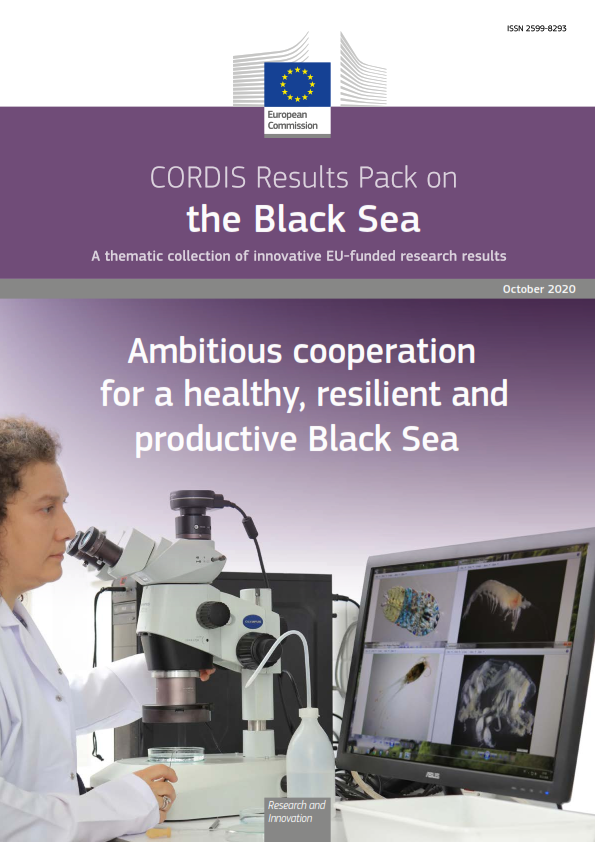A team of EU scientists is investigating the use of nanoparticles to remediate polluted soils and water. The first phase, which consists of evaluating the toxicity of various candidates, is well underway and has already yielded encouraging results.
The FP7 NANOREM project trusts in the use of small particle size and high reactivity nanoparticles. Nano-scale zero valent iron (nZVI), for example, is expected to deliver a substantial improvement in remediation performance for a wide range of problems. The use of these nanoparticles, however, is limited due to uncertainties surrounding their environmental impact.
The project has five core objectives, one of which is increased knowledge and confidence among stakeholders. To achieve this, the team has been measuring the toxicity of potentially interesting nanoparticles, assessing their ecotoxicity when in contact with soil and pollutants, measuring how this toxicity changes with time, and describing how they interact with indigenous microorganisms during and after remediation treatment.
Recently, the NANOREM team announced the initial results of ecotoxicological tests for a range of nanoparticles that could be good candidates for remediation projects: NanoFer 25S, Carbo-Iron, Fe-Oxide, Fe-Zeolites and Bionanomagnetite. The nanoparticles were tested on a range of organisms including earthworms, crustacean, green algae and bacteria, and the team found no significant toxicological effects on either of them. More information: http://cordis.europa.eu/news/rcn/123249_en.html










